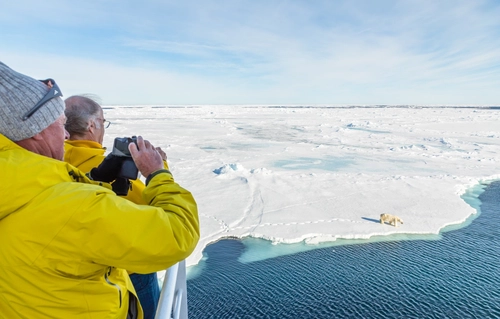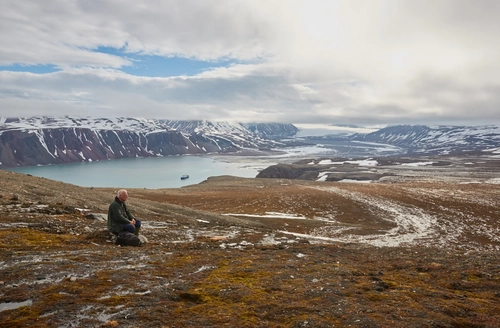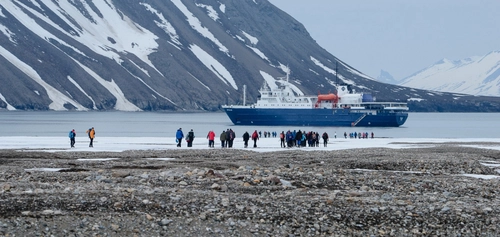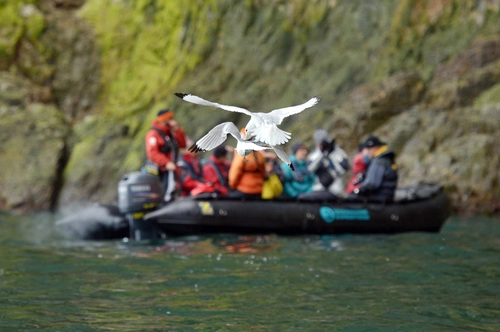The Svalbard archipelago is located in the Arctic Ocean, roughly 660 km (410 miles) north of Norway's northernmost point. This region is a haven for geologists, boasting a rich geological history that spans from the Mesozoic era (65-245 million years ago) through the Cambrian era (570 million years ago) and back to the Archean era, over 3.5 billion years ago.
The terrain of Svalbard is cold and desolate, with minimal vegetation and soil. Summer temperatures range from 3-7 °C (37.4 – 44.6 °F), while winter temperatures drop to between -13 °C and -20 °C (8.6 and -4 °F). Norway, Sweden, and Russia all have equal claims to the land under the Spitsbergen Treaty (signed in 1920). However, Svalbard is under Norwegian sovereignty and thus benefits from Norwegian environmental and cultural protections.
The specs of Spitsbergen, specifically
Spitsbergen is the largest island in the Svalbard archipelago, covering 39,500 square km (15,251 square miles) and making up more than half of Svalbard's total landmass. In the northeast of Spitsbergen lies Newtontoppen, the highest peak in the archipelago, standing at 1717 meters (5633.2 feet) above sea level. The mountain is largely hidden by heavy glaciation, making its full height less apparent. The landscape of Spitsbergen resembles the alpine regions of Europe. The name "Spitsbergen" comes from the Dutch words "spits," meaning "pointed," and "Bergen," meaning "mountain."

The story of Spitsbergen’s rocks
The geological history of Spitsbergen is fascinating. The rocks here were originally formed in the tropics and have gradually shifted northward to their current location. These rocks have witnessed the rise and fall of dinosaurs, several ice ages, and the entire history of humanity. Fossils are abundant in Spitsbergen, with fossilized plants from 60 million years ago found around the moraines of Longyearbyen.
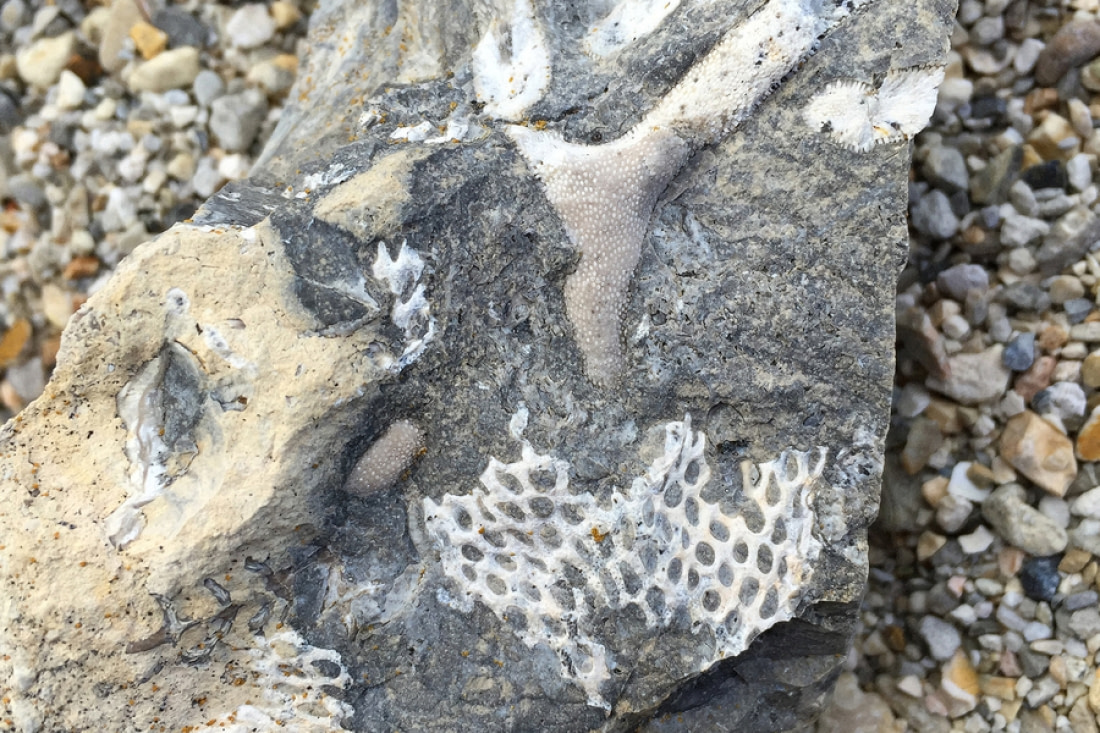
Spitsbergen is rich in coal, and mining began in 1899 by Norwegian Søren Zachariassen. In 2017, the Norwegian Prime Minister announced plans to cease mining activities across Svalbard and instead focus on tourism, research, and education.
Understanding the layers of Spitsbergen geology
Fortunately, you don't need to be an expert geologist to appreciate Spitsbergen's intriguing landscape. The lack of soil and vegetation makes the rock layers clearly visible. The rock is divided into three main sections: basement, sedimentary cover rock, and unconsolidated deposits.
The Svalbard geological basement
This is the oldest rock in the formation, consisting of a mix of igneous and metamorphic rock. The folding of the layers is clearly visible, especially in the northwest of Spitsbergen and along the north of Nordauslandet. Rock from the pre-Cambrian era is highly crystallized, with zircon crystal deposits in the northwest of Spitsbergen dating back over 3.2 billion years. Numerous areas on the island showcase the folding of the rock, a testament to the power of geological forces over time.
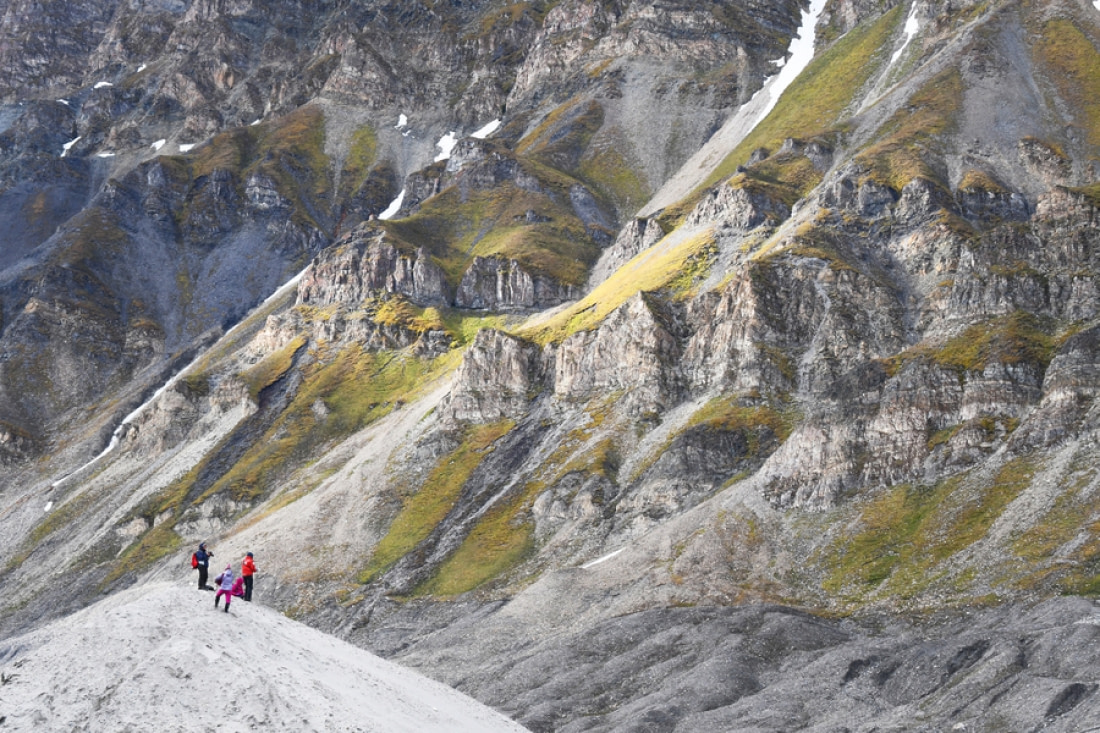
Spitsbergen sedimentary cover rock
The bare mountains of Spitsbergen were formed during the Devonian era (approximately 360-410 million years ago) when sand, silt, and mud were deposited in riverbeds and shallow seas. Over millions of years, layers of sandstone-shale and limestone accumulated to create the impressive structures visible today.
During the Devonian period, a process called orogenesis occurred. Orogenesis happens when two of the Earth's plates push together, forcing one plate upwards, creating mountains. Due to harsh weather conditions, there is very little soil in these regions, exposing the underlying rock and making the layers easily visible.
The unconsolidated deposits of Svalbard
The youngest geological features date from the Quaternary era (approximately 2 million years ago). While volcanic activity has ceased, remnants of Svalbard's volcanic history can still be seen in active thermal springs. The geology of Spitsbergen has been significantly influenced by glaciation and the last ice age, with moraines, fluvial deposits, and scree found in many areas.
Seeing Spitsbergen for yourself – on an Arctic voyage
If you wish to explore Spitsbergen on an Arctic cruise, you can make arrangements before flying into Svalbard Airport in Longyearbyen. From there, a variety of tours are available to explore the archipelago by both land and sea. You'll not only embark on a geological adventure but also experience a visually stunning landscape where you might encounter several species of whales, polar bears, seals, walruses, and a unique species of reindeer endemic to Spitsbergen.

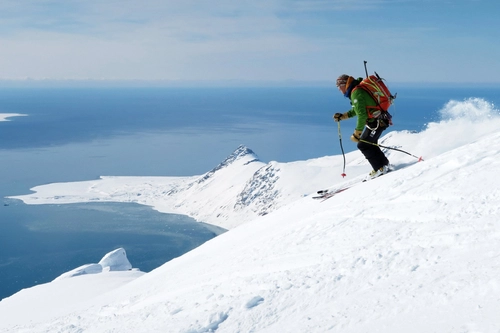
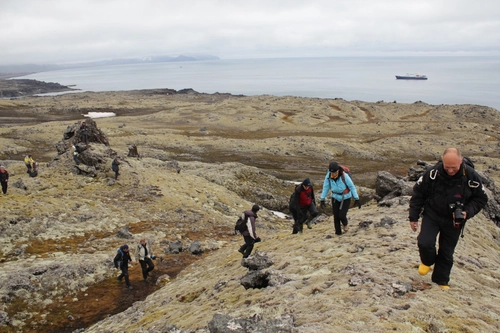
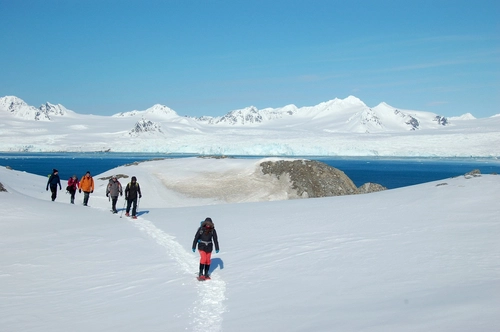
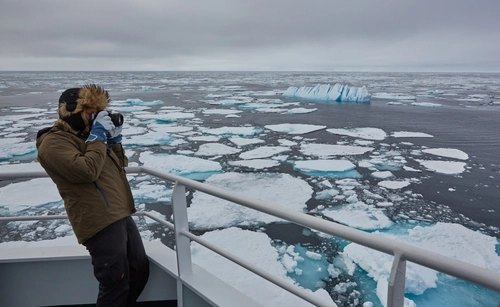
Related Trips
Blog


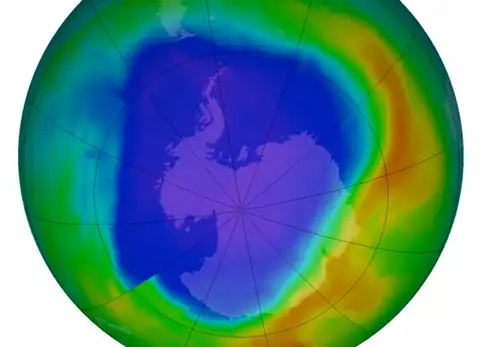
The ozone layer in Antarctica
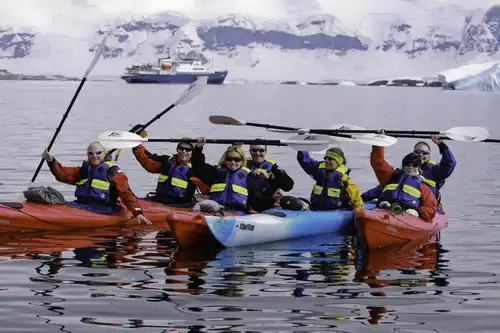
A Day of Basecamp in Antarctica – Paradise Harbour
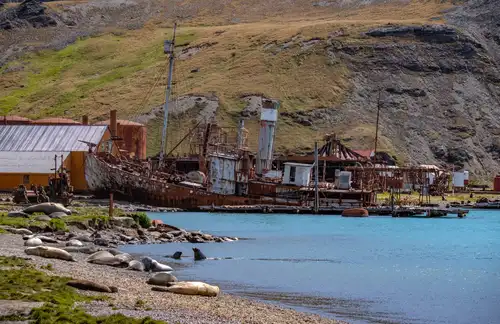
South Georgia Whaling Stations
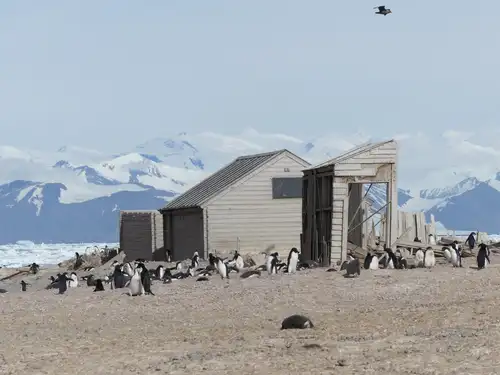
The First Buildings in Antarctica: Borchgrevink’s Historic Huts
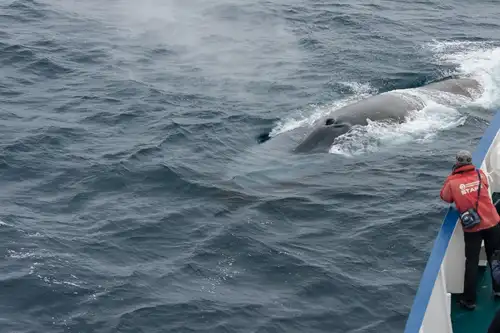
10 Bountiful Blue Whale Facts
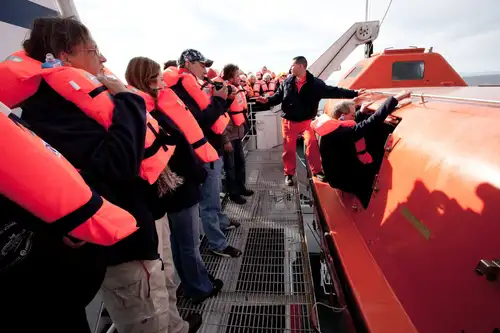
The Evolving Shipboard Eco-traveler
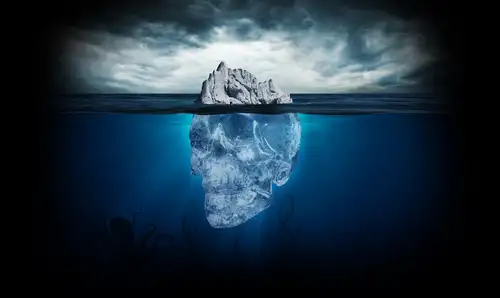
Seven Frightfully Fun Polar Ghost Stories
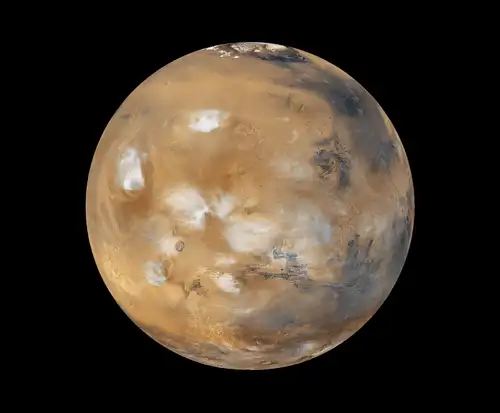
Earth vs. Mars: Polar Regions Compared

All About Ice: Glaciers and Icebergs of the Arctic and Antarctica
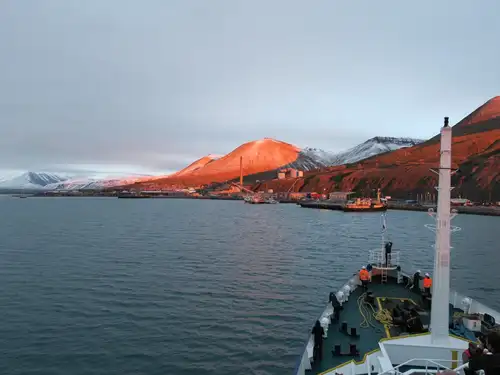
Port Pastimes: 7 Fun Things to Do in Longyearbyen
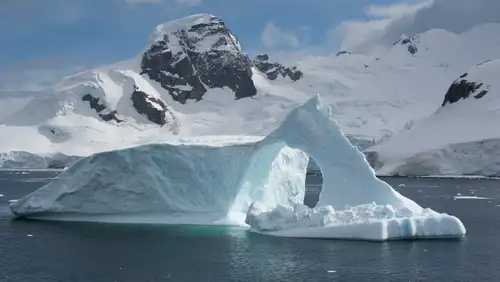
All things ice in the Antarctic

The Ice-Jewelled Geology of Spitsbergen
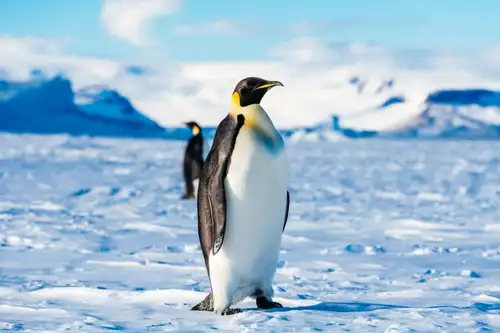
Penguins, Petrels, and Prions: Top Antarctica Bird Tour Spots

The Emperor Penguin of the Drake Passage
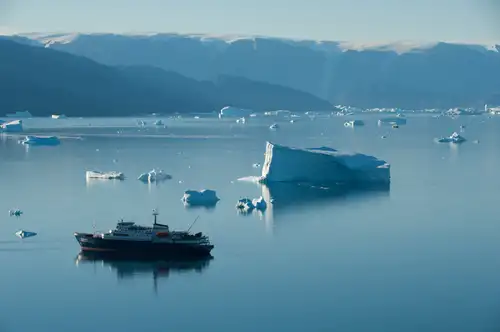
10 Common Misconceptions About the Arctic

Polar Marine Visitors: the Whales of Antarctica and the Arctic
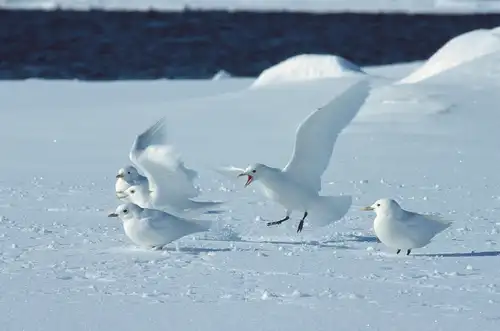
Birds of the North: 29 Arctic Birds and Seabirds

The Eight Great Penguin Species of Antarctica
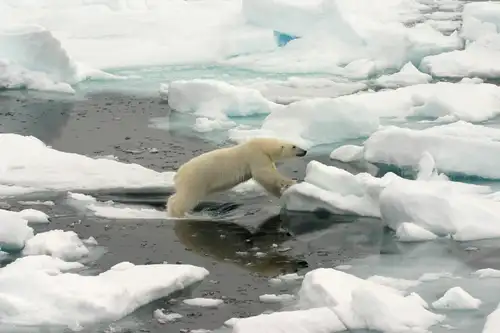
Spitsbergen: a true polar bear trip




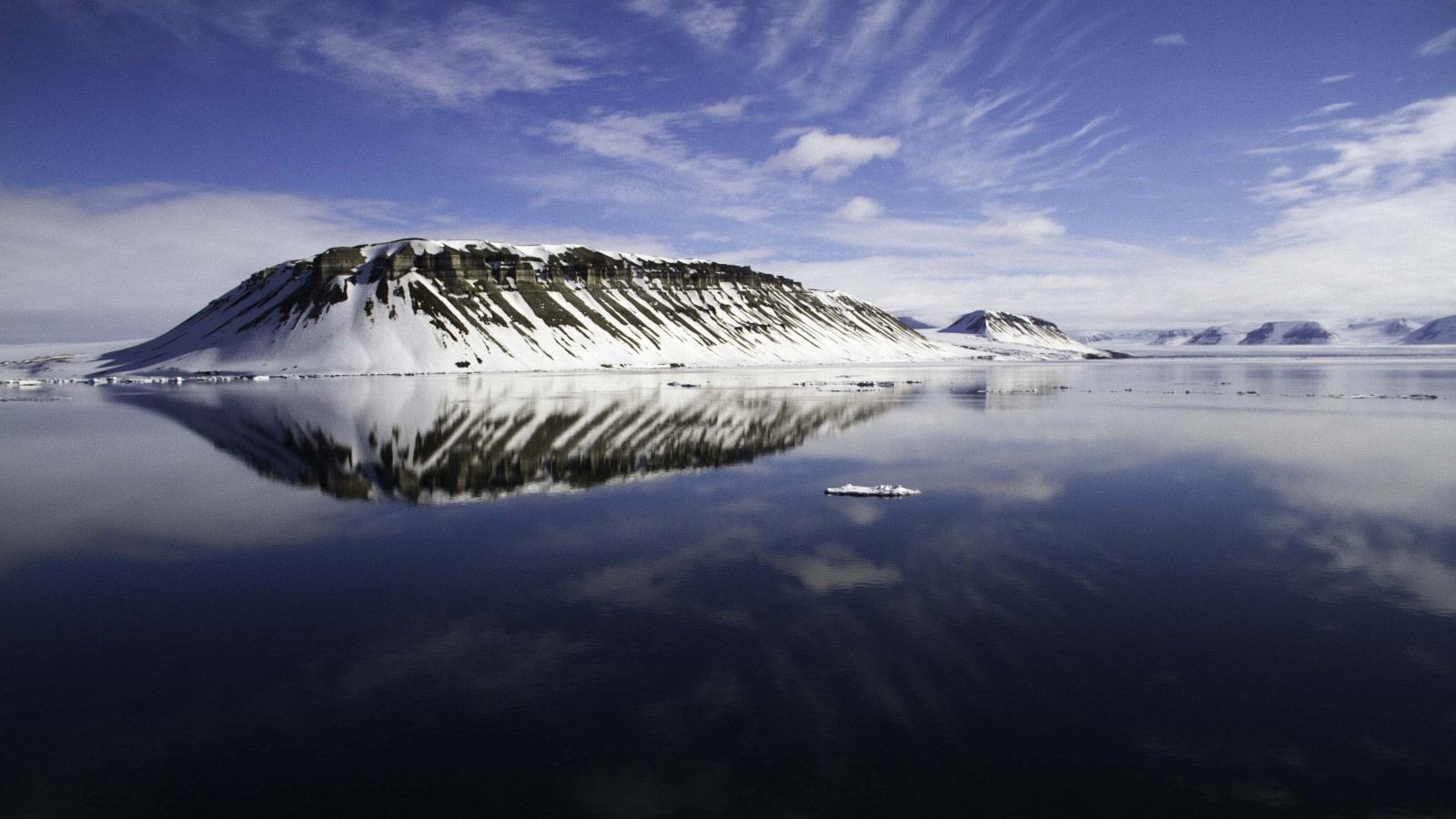

 8 Days / 7 Nights
8 Days / 7 Nights

